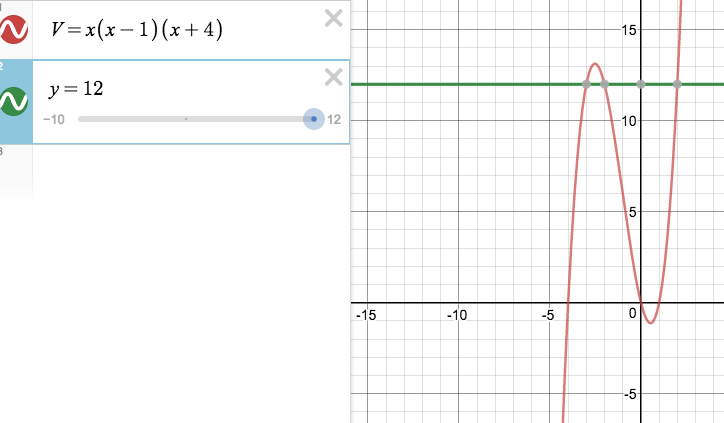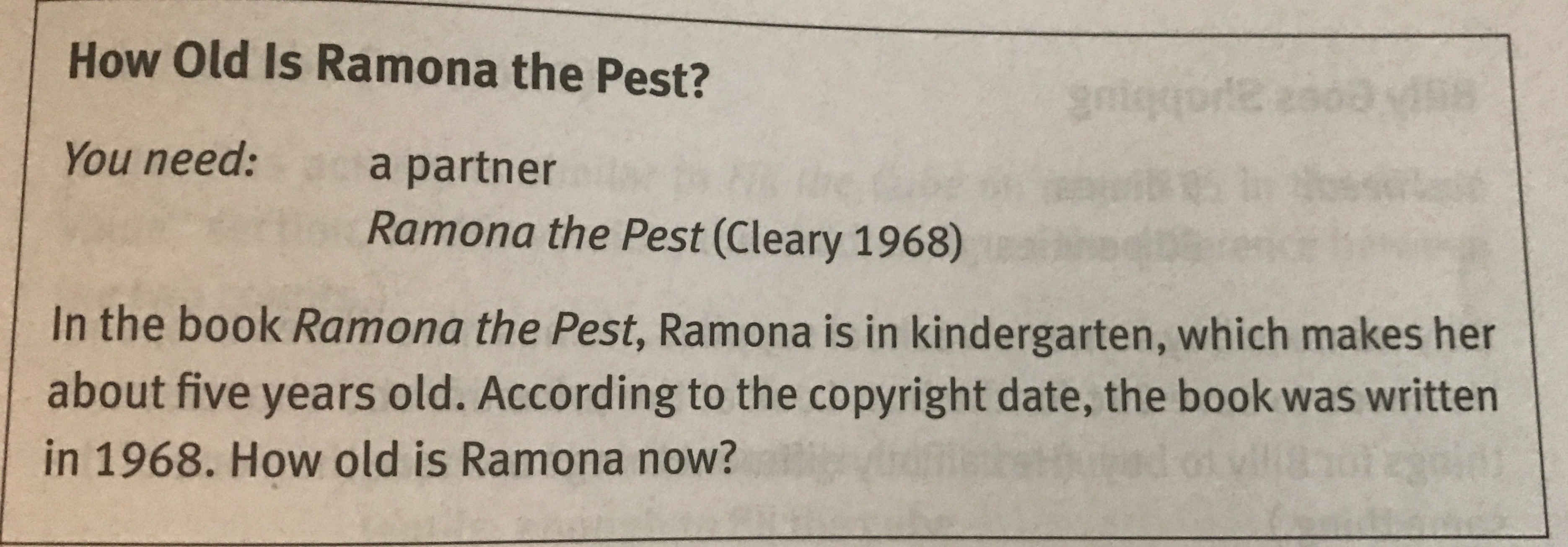In elementary classes we consider it a good thing to be able to move from the abstract to the concrete. We ask students to count and perform arithmetic on objects, even contrived ones. We ask students to group socks, slice pizzas, and describe snowballs. A critical person might suggest these are all examples of pseudo-context, and they’d be right! These are more-or-less contrived scenarios that don’t really require the context to get at the math involved. Why do we provide such seemingly inessential context? I’m venturing a little far away from my area of expertise here, but I’d guess it’s because it helps kids understand the math concept to have a concrete model of that concept in their heads.
My question is this: in secondary classrooms, is there inherent value in linking an abstract concept to an actualized context? Even if the context is contrived?
I mean, yeah that’s bad. Comically and tragically bad. It doesn’t do anything to enhance understanding. I’d say the context actually hinders understanding. The thickness of an ice sculpture dragon’s wing? That’s about three bridges too far.
But what about a slightly less convoluted, but also-contrived, example. Say:

This problem is still most certainly contrived: dimensions of tanks aren’t often given in terms of x. I’m not even suggesting this problem will engender immediate, massive engagement, but it might help students create a mental model of what’s going on with a third degree polynomial. Or at least the context allows students to affix understanding of the x- and y-axes once they create the graph of the volume of this tank.

We provide similarly pseudo-contextual in elementary classrooms in order to enhance understanding of arithmetic and geometry.

Of course, we also compliment such problems with manipulatives, games, play, and discourse, which secondary math classrooms often lack. In the best elementary classrooms we don’t just provide students with that single task. We provide others, in addition to the pure abstract tasks such as puzzles or number talks.
Perhaps the true sin of pseudo-context is that it can be the prevailing task model, rather than one tool in a teacher’s task toolbox. In secondary math classrooms pseudo-contextual problems are offered as the motivation for the math, instead of exercises to create models and nothing more.
(See also: Michael’s blog post on Context and Modeling)